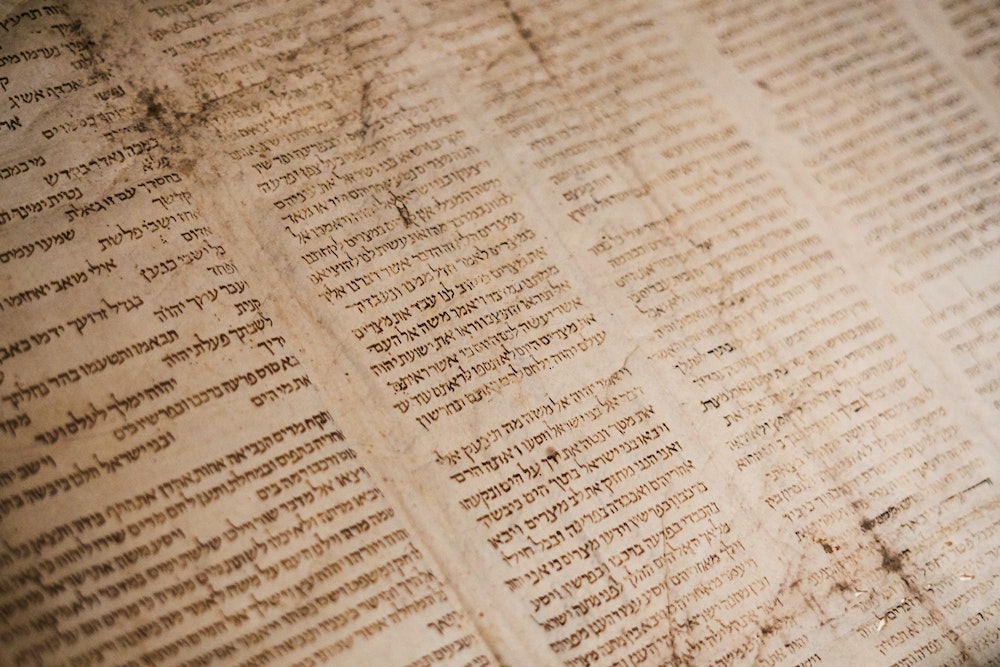The First Testament

Last week I shared with you the idea that the Bible is a collection of 66 books, divided into two major divisions, known as the Old and New Testaments. The Old Testament is the larger of the two, containing 39 books. The New Testament is comprised of 27 books.
Something today labeled “old” often carries a negative association. So if it helps, think of the division as that between the First and Second Testaments? “First” has a winsome connotation! What we as Christians call the Old Testament is actually known in Judaism as the Hebrew Scriptures. Jesus referred to the Hebrew Scriptures as “the law and the prophets.” And this was the Bible that the first generation of Christians knew.
An important key for reading the Bible is exemplified each Sunday in the Divine Service. As you know, there are three readings selected for each Divine Service. We listen to God speak to us in all three lessons. And there is an intentional ascending order in the selections. First, God speaks to us through the prophetic voice of the Old Testament. Second, He speaks to us through the apostolic voice of the New Testament. And last, we hear the actual words of the Incarnate Lord Himself recorded in the Gospel Accounts.
Beautifully, all year long the selected readings make sure there is a tie between the first reading and the Gospel lesson. The tie helps us to see the fulfillment to which the prophetic voice points. In the Seasons of Advent, Christmas, Lent, and Easter the second lesson is reflective of the theme shared between the first lesson and the Gospel. The rest of the year it is successive readings through the New Testament.
Concerning the Old Testament, the writings of Moses are foundational. Being the first 5 books they are called the Pentateuch (Gk for “five”). In Hebrew they are called the Torah, which translated means “law” or “instruction”. The rest of the Old Testament chronicles Israel’s response to the covenant laid out in the Torah.
Since You Asked…
What is the significance of sharing the peace?
“The peace which enables people to live in unity and in the spirit of mutual forgiveness comes only from Christ whose word has been proclaimed. … The peace is a sign that those who participate in it open themselves to the healing and reconciling power of God’s love and offer themselves to be agents of that love in the world. … The personal exchange of the peace should be as unpatterned as possible, but its meaning and significance should be kept clear. It is not the occasion merely for conviviality. The choice of gesture, whether a handshake, holding hands, or an embrace, should be left to the persons themselves.” (from “Manual on the Liturgy” companion to the LBW, from Augsburg Pub.)